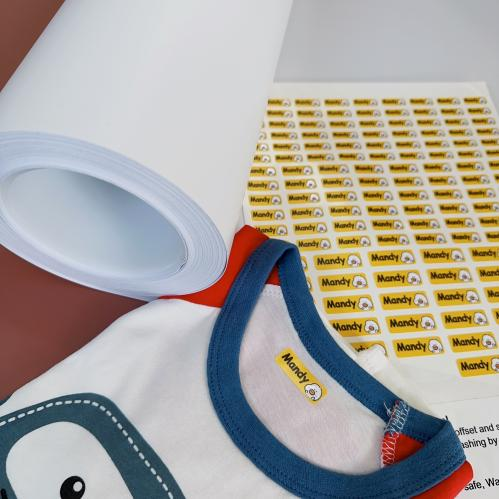Why and how to transition from Data Analyst to Data Scientist
For anyone looking to advance in their data science career, the first goal is to become an efficient data scientist. Data Scientists are always in high demand in almost all industries. They also enjoy a higher salary package compared to their counterparts. Data Science is a vast domain consisting of several data science job profiles.
If you are also a data science professional, particularly a data analyst, and want to advance your career in data science as a data scientist, then this article is for you. In this comprehensive guide, we will discuss why it is time to transition from data analyst to data scientist profile, and what steps you need to follow to successfully complete this transition.
Difference Between A Data Analyst And A Data Scientist
Often both these profiles are understood to be the same and share similar job profiles, but there is a huge difference. Let us first understand both of these profiles in detail.
· Data Analyst
These are the professionals responsible for interpreting and analyzing data to provide meaningful insights for their businesses. Their roles and responsibilities include collecting data, processing them, and performing data visualization. They use data science tools like Excel, SQL, and various kinds of data visualization platforms.
They mainly focus on identifying trends, patterns, and anomalies within datasets and help business leaders in data-driven decision-making. They play an important role in understanding historical data by creating reports and helping to optimize business processes.
· Data Scientist
Data scientists, on the other hand, encompass different roles within this profile. A data scientist is a professional proficient in computer skills, mathematics and statistics, and business or domain knowledge. Apart from analyzing data, they have to design and implement complex algorithms and models to extract insights and predictions.
They are also responsible for making strategies to leverage the power of data, assist the stakeholders in decision-making, and help them achieve their business goals.
The Major Differences Between A Data Analyst And A Data Scientist
While both these profiles revolve around working with data, the major difference lies in the complexity and scope of their work. Data analysts work on descriptive analysis and help generate reports on what has happened to provide insights for decision-making. Whereas, data scientists perform predictive and prescriptive analytics and thus forecasting future trends and recommending actions based on identified patterns.
Why Become A Data Scientist?
There are several reasons data analysts and junior data science professionals should aspire to become data scientists.
- Data Scientists are in high demand. According to the US Bureau of Labor Statistics, the demand for data scientists is expected to grow by 35% by 2030. This is much faster than the average of all other occupations in the same category.
- Data Scientists enjoy senior-level positions and are paid well. According to Indeed, their annual average salary in the US is $124,370.
- Every industry needs data scientists to convert raw data into meaningful insights.
- Most importantly, they add value to their businesses with their work.
What Skills Are Needed to Upgrade To Become A Data Scientist?
Many data analysts often possess the skills that serve as the foundation to upgrade to new data science skills required by data scientists. When looking to transition to a data scientist job, you must learn about:
- Advanced programming languages like Python, and R
- Relational databases for example MySQL, SAP HANA, etc.
- Machine learning algorithms
- Data visualization tools including MatPlotlib, ggplot, RShiny, etc.
- API tools like IBM Watson, Microsoft Azure, and OAuth.
How To Switch To A Data Scientist Profile?
So now the main part – how do you transition to the role of data scientist? Well, the first thing you need to do is learn the advanced skills that you lack but you will need as a data scientist. There are several resources to learn those skills including:
- Online free and paid courses
- YouTube videos
- Full-time/Part-time professional programs
- Books
- College and institutes
Once you have gained the required skills, validate your expertise in the field of data science with the help of credible data science certifications such as Certified Data Science Professional (CDSP™) from USDSI® or Microsoft Certified: Azure Data Scientist Associate. You can also consider several other data science certifications that are highly recognized among employers You can choose them depending upon the technology you want to learn and the experience you have.
Once you have gained the skills, and validated them, it’s time for the job hunt. Approach other data science professionals, get active on professional profiles like LinkedIn and apply on interested profiles in job portals. You will definitely land on the best opportunity available for you.
Conclusion
That’s it. Transitioning from data analyst to data scientist profile isn’t that hard but it requires your sheer dedication and professional commitment. Once you have put in all your hard work, you will be able to reap the sweet rewards as a skilled and certified data scientist.



